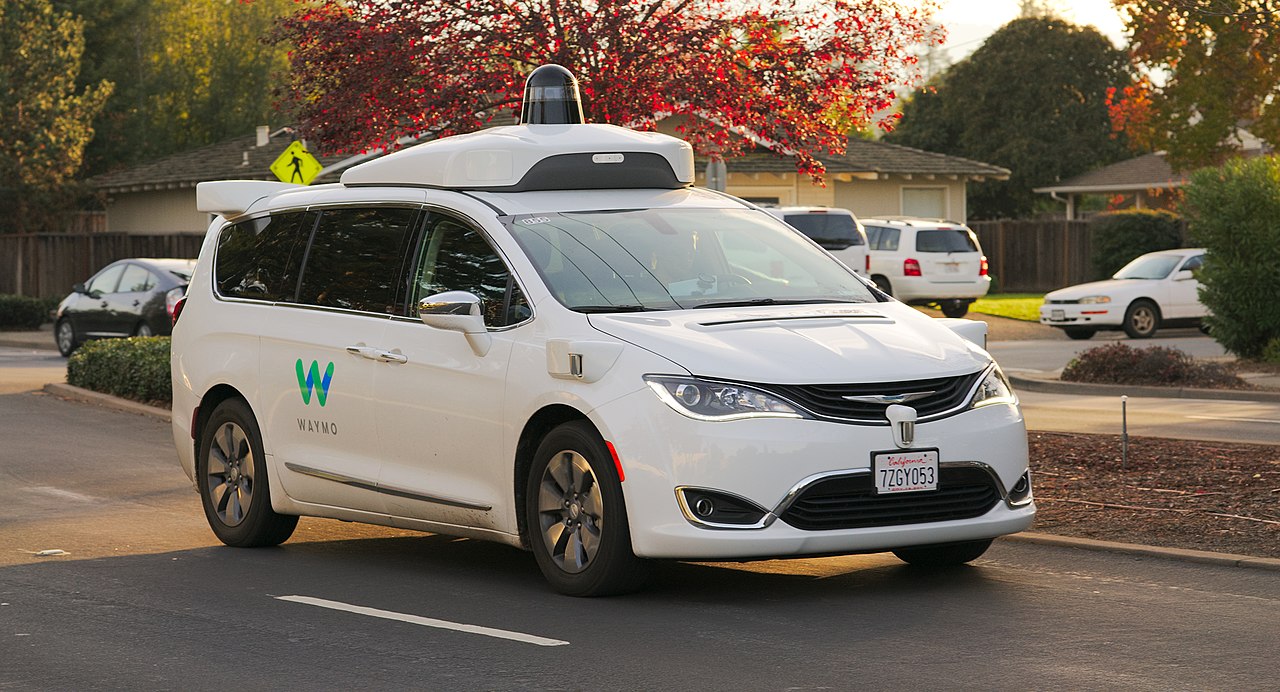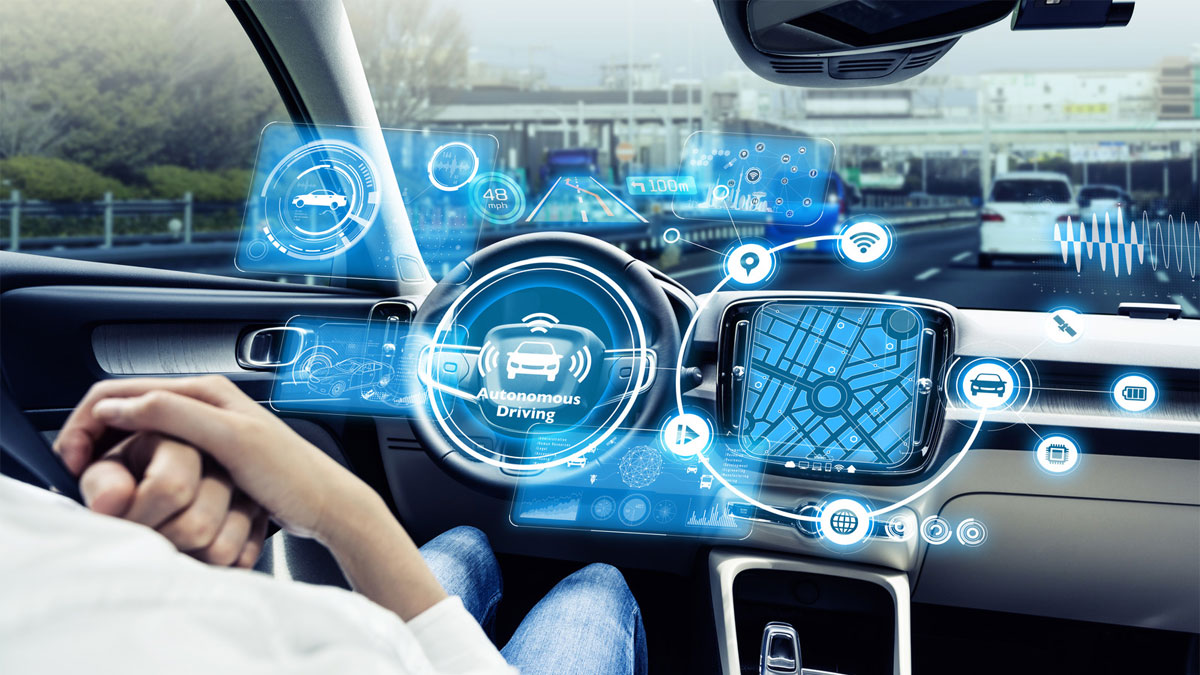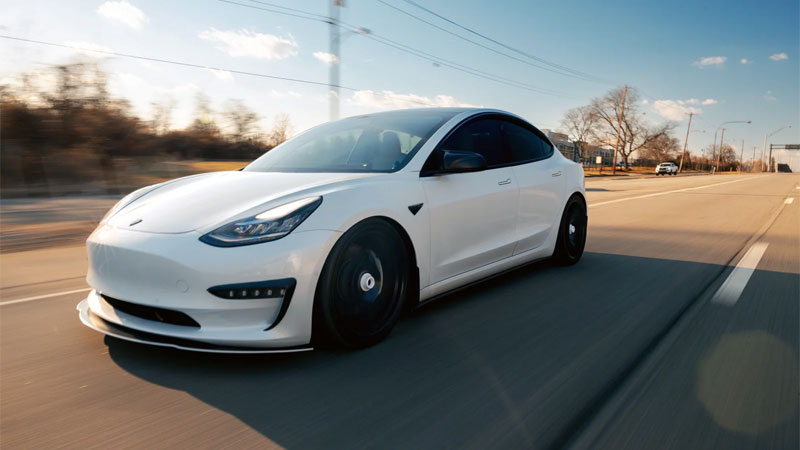Editor’s Note: The world is on the cusp of autonomous driving, a technology that has been under development for decades.
From time to time, Auto Trends Magazine has covered the topic, but we haven’t dissected the language involved. This article is the first of an occasional series of stories covering artificial intelligence (AI) and autonomous driving.
Slip behind the wheel of any vehicle and you’ll activate the ignition, shift the transmission in drive (or reverse), and hit the road. For more than 100 years of driving, we’ve been used to controlling every aspect of the driving experience.
But change is underfoot as driving automation is beginning to influence the way we operate our vehicles thanks to computers, chips, sensors, cameras, and other equipment. All new cars sold today have at least the rudimentary elements of autonomous driving included, even if you do not recognize it as such.
We understand that the language used can be confusing, but there are some clearly marked categories that should bring it all into focus.
SAE International: 6 Categories of Autonomous Driving

One organization, formerly known as the Society of Automotive Engineers, established the six categories for driving automation. Now known as SAE International, the group is a “professional association and standards development organization for the engineering industry.” With a focus on transport, the SAE sets standards for the automotive industry.
The following are each of the SAE J3016 categories and what they represent. The first three require the driver’s full attention behind the wheel (you are driving), while the last three relinquish some if not all the attention to machinery (you are not driving).
SAE Level 0
Known as Level 0, there are elements of driving automation present here. Yes, you must always pay attention and keep your hands on the wheel and operate the accelerator and brake pedals. But there are also warning and limited assistance inputs offered such as automatic emergency braking, blind-spot warning, and lane departure warning.
SAE Level 1
Moving up to Level 1 brings in additional elements such as lane centering or adaptive cruise control. These are the kinds of features that supply steering or brake/acceleration assistance for the driver.
SAE Level 2
Level 2 simply removes the “or” above and supplies an “and” for the features listed. Where previously one or the other feature was required, both are necessary here.
ABOVE: You are driving.
BELOW: Your are not driving.
SAE Level 3
We’re nearing Level 3 driving as several manufacturers are ready to deploy pending government approval. At this level, the vehicle drives itself, but if the system requires driver involvement, you must take over.
Levels 3 and 4 mean the vehicle operates on its own under limited conditions. This includes roads authorized for use with clearly marked center and sidelines.
Traffic jam chauffeur is one of the features of this level, technology that continuously measures the speed of vehicles surrounding the car and adjusts its speed accordingly.
SAE Level 4
Move up to Level 4 and this is where local driverless taxis come in. Not only is a driver not necessary, but individuals (passengers) are not required to sit behind the steering wheel.
Further, such vehicles do not have to come with a steering wheel, brake, or accelerator.
SAE Level 5
All restrictions existing with Levels 3 and 4 are eliminated here. This level vehicle can be driven anywhere and under all conditions.
It is the level many consumers think of when they hear terms such as “driverless car” and “autonomous driving.”
Driving Automation Conclusion
Six levels of autonomous drive and we reached the halfway mark where the most significant changes are about to occur. As of this writing, manufacturers are testing the technologies required to launch SAE Level 3 and above.
The main hold up right now is the individual state governments and perhaps insurance companies as liability must somehow be resolved.
References
- Shuttleworth, J. (2019, January 30). SAE J3016 automated-driving graphic. https://sae.org/news/2019/01/sae-updates-j3016-automated-driving-graphic
- (n.d.). Autonomous Vehicles Factsheet. Center for Sustainable Systems. https://css.umich.edu/publications/factsheets/mobility/autonomous-vehicles-factsheet
- 2024 Mazda CX-50: A Compact SUV with Premium Aspirations - Apr 15, 2024
- 2024 Ford Mustang (Iconic Pony Car Evolves) - Apr 4, 2024
- 2024 Ford Maverick (Looks Like a Truck, Drives Like a Car) - Mar 28, 2024


